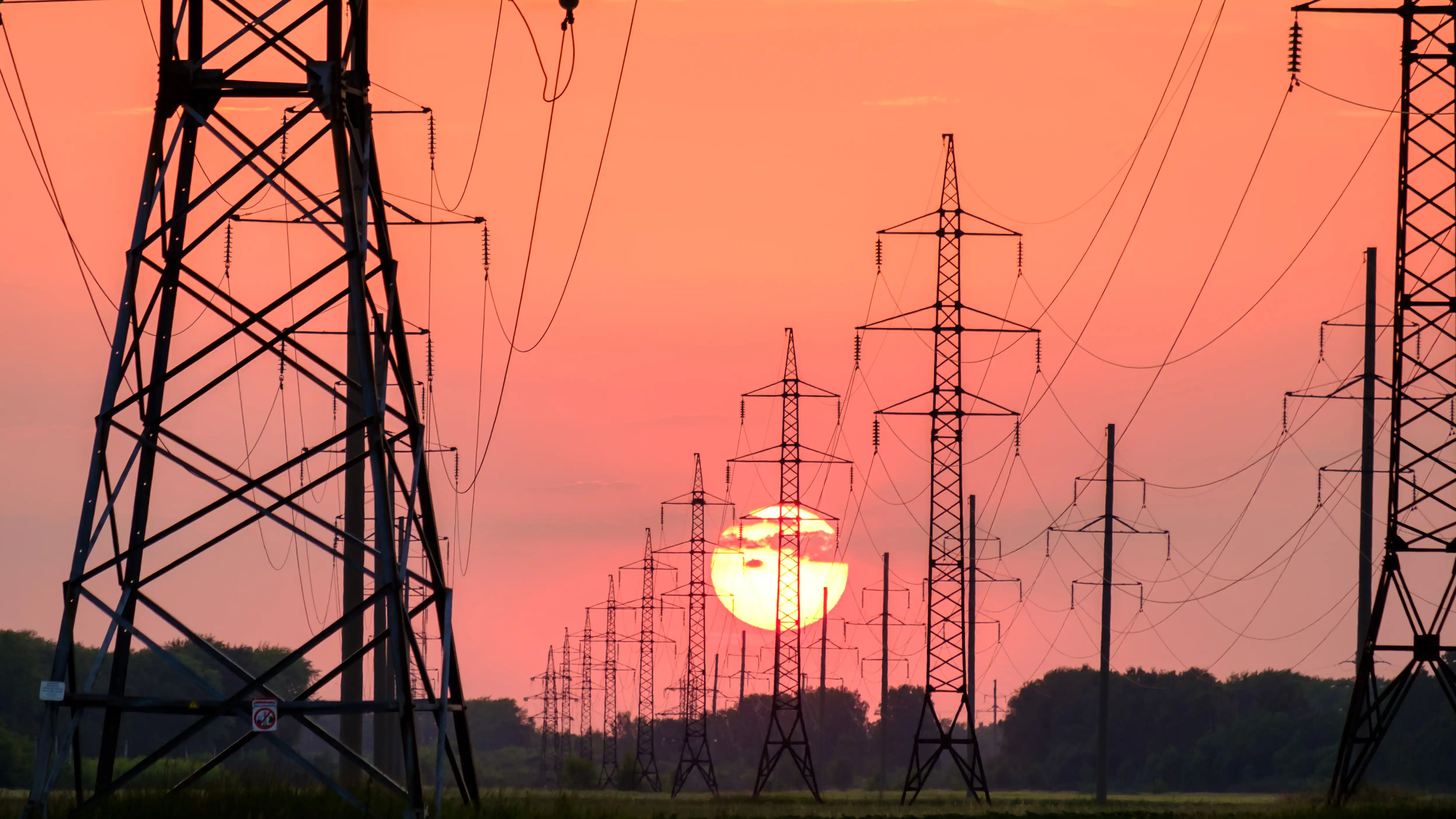
We’ve discussed how Electrical Resistivity Imaging (ERI) has served many industries. We’ve covered mining, groundwater exploration, construction, and more. Let’s take a brief look at another industry—power engineering. We’ll explore how electrical resistivity methods impact power engineering projects, focusing on their practical applications through real-world examples.
A Penchant For Power
Understanding and applying electrical resistivity methods' is crucial for power and civil engineers. They play a vital role in the energy industry by ensuring the reliable and efficient delivery of electricity to consumers. We don’t know about you, but without electricity (and coffee), our business can’t operate—so we salute these unsung heroes.
Power engineers work on various tasks, including designing power plants, electrical transmission systems, and distribution networks. They also focus on optimizing power systems to meet energy demands, implement protective measures for equipment and infrastructure, analyze and troubleshoot power systems, and ensure compliance with safety and regulatory standards.
Their expertise contributes significantly to meeting the growing global demand for electricity and addressing challenges in the evolving energy landscape.

With Great Power, Comes Great Responsibility
Now that we have a better understanding of their roles let’s look at some real-world projects that a power engineer may work on. How do electrical geophysical methods improve these projects?
Power Plant Site Selection
A power engineer planning a new power plant must ensure a stable foundation and suitable soil conditions. Through electrical resistivity surveys, they can identify cost-effective locations that require less materials and labor to meet electrical grounding performance and safety specifications. This helps guide the selection of the most appropriate site for the power plant or substation. Additionally, ERI can help avoid potential sinkholes and other geological hazards, such as faults that may develop after a plant is built.
Transmission Line Route Planning
When designing a new transmission line, a power engineer must avoid subsurface obstacles that may hinder construction. Geophysical surveys help locate sinkholes, unstable soils, existing underground utilities, and other subsurface hazards to reduce the risk of damage during excavation and lower build costs that mediate these issues to ensure a smooth transmission line route.
Geothermal Power Plant Assessment
Moisture content is the number one influence on resistivity images and temperature typically is not a factor as geothermal zones are more rare. Both high temperature and high water saturation associated with geothermal resources make for a very strong target for ERI. An engineer may also enable SP surveys to understand subsurface fluid flow during these ERI surveys. This information helps determine the area's suitability for harnessing geothermal energy.

What About IP & SP?
Induced polarization (IP) methods can also be enabled during ERI surveys to measure the resistivity and chargeability of subsurface materials. IP surveys are adept at detecting metallic minerals, contaminants, and pore space, complementing standard ERI surveys.
Self-potential (SP) methods use non-polarizing electrodes to measure naturally occurring electrical potential differences. SP surveys can identify water seepage areas through earthen dams adjacent to hydroelectric generation plants. Knowing where this higher permeability is can help with dam safety, maintenance, and assessing how groundwater movement may impact existing and future power infrastructure.
Survey Considerations
No one survey method is perfect. Electrical resistivity methods, while valuable tools in power engineering projects, do have some idiosyncracies that engineers should be aware of.
For instance, the presence of metallic infrastructure and high levels of electrical noise in urban environments can interfere with the accuracy of the surveys. Depending on the survey area, deeper subsurface layers may be challenging to characterize if there isn’t adequate room for the proper electrode spacing.
In summary, when combined with other geophysical methods and with careful interpretation—electrical resistivity methods remain potent tools for power engineers to make informed decisions during the planning, design, and construction phases of power generation and transmission projects. By aiding in site selection, identifying subsurface hazards, and providing crucial data for infrastructure planning, these methods enhance the safety and efficiency of power generation and transmission projects.


